1. Bellanca, R., Garside, B., and Wykes, S. CAFOD and IIED (2013). An approach to designing energy delivery models that work for people living in poverty.
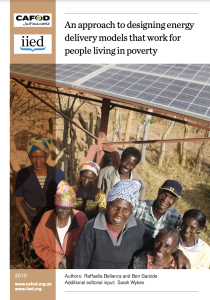
This report outlines an approach to designing sustainable energy services for people living in poverty. It provides guidelines for participatory analysis to identify the potential actors in the energy supply chain, using innovative visualisation tools to build a ‘delivery model’ that has a greater chance of being socially, financially and environmentally sustainable.
2. Garside, B. and Wykes, S. CAFOD and IIED. (2017). Planning pro-poor energy services for maximum impact: the Energy Delivery Model Toolkit (Indonesia).
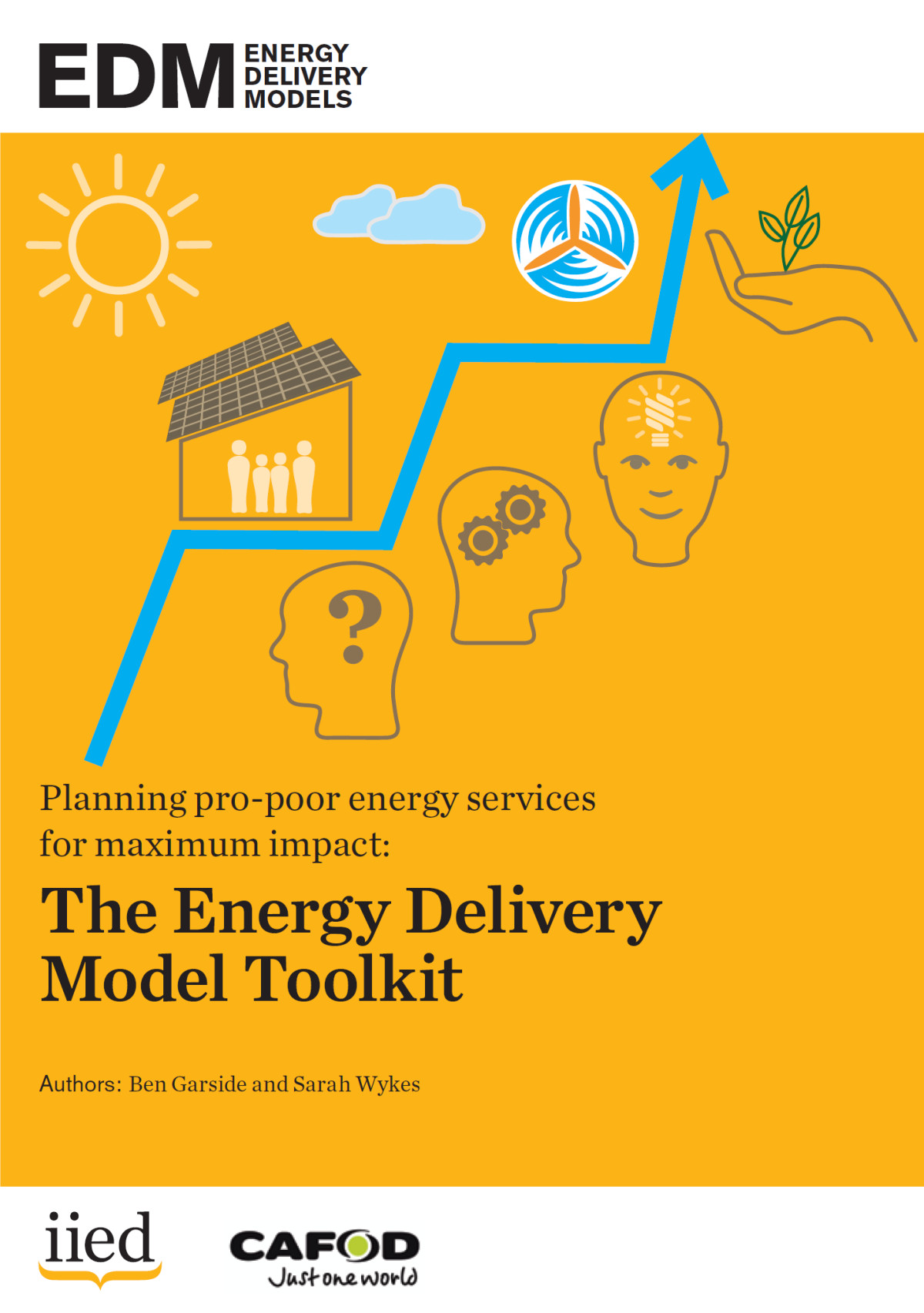
This briefing describes the six step EDM cross-sectoral, inclusive planning approach to ensure energy services promote local development impacts. This includes two innovative tools, the Delivery Model Map and the Delivery Model Canvas, adapted from the Osterwalder Business Model Canvas. It summarises the learning from testing the approach with partners in Indonesia.
3. Garside, B. and Perera, N. (2021). CAFOD and IIED. Energy services for local development: integrated and inclusive planning for county governments in Kenya.
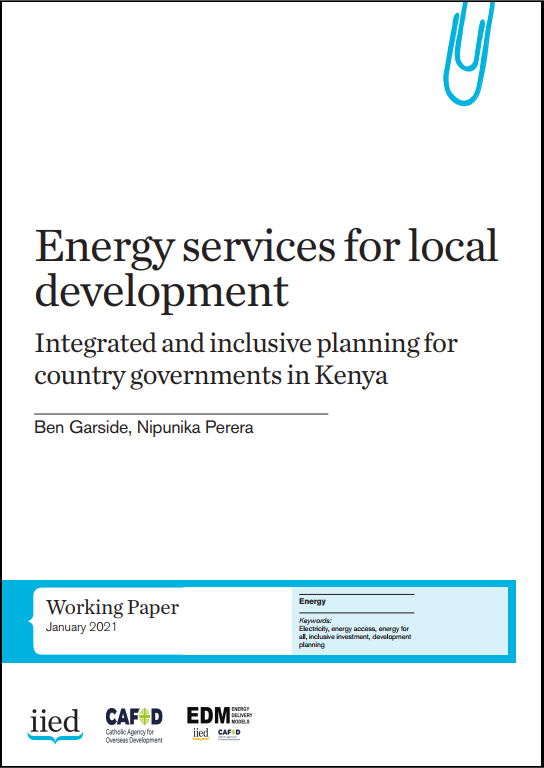
This working paper summarises the adaptation of the EDM approach to develop a County Energy Plan (CEP) in Kitui County by IIED and CAFOD, with local partners Caritas Kitui and the Kitui County government. The paper outlines the energy-enabled business and investment models developed in eight sectors.
Other resources
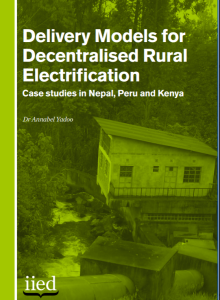
Yadoo, A. (2012). IIED. Delivery models for decentralised rural electrification: Case studies of Nepal, Peru and Kenya.
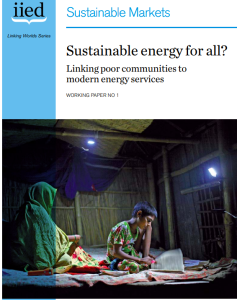
Wilson, E., Godfrey, R. and Garside, B. (2012). IIED. Sustainable energy for all? Linking poor communities to modern energy services.
